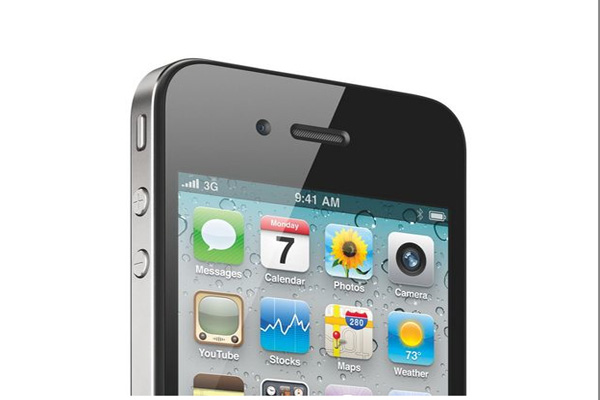Apple iPhone 4 review: First look
We take a quick look at the newly launched Apple iPhone 4 to see if expectations match the hype.

If you couldn't get your hands on an iPhone 4, or if you simply couldn't bear the idea of waiting in line for one, you might still be feeling disappointed. In reality, few in the world has held the new iPhone, never mind spent any time with it. We got one on launch day, and here are our initial impressions.
After a day of extensive use, we've noticed how responsive the iPhone 4 is. It's likely down to the combination of Apple's A4 processor and, according to teardown reports, twice as much RAM (512MB) as the 3GS. There's also 802.11n Wi-Fi, though it only works on 2.4GHz networks with a lower maximum speed than those running on the 5GHz band.
Aside from that, it's the new design of the iPhone that's most striking. Beyond the front face, it's a marked departure from the ergonomics of all three previous generations, as it's flat on all sides and edges. Only the corners are curved.
iPhone 4's edges aren't sharp, though. The glass front and back are slightly inset from the metal frame. It's 3mm thinner, but it doesn't feel like it fills the curve of your hand as well as the older ones, unless, perhaps, you have exceptionally small ones. And there's the rub: it took mere minutes to appreciate the curved back when it debuted on the iPhone 3G. It's a shame to see the previous design almost entirely abandoned.
Like the original iPhone, the new one takes a step backwards to feeling like an object with a reassuringly rigid but slab-like form. We urge you to handle one in store and compare to previous models and determine how comfortable the leanness is for you. It will be a very personal decision. Even so, if you're coming from another flat-backed phone, it's not something you should be especially concerned about. It's mostly jarring for iPhone upgraders.
Sign up today and you will receive a free copy of our Future Focus 2025 report - the leading guidance on AI, cybersecurity and other IT challenges as per 700+ senior executives
-
 Microsoft wants to replace C and C++ with Rust by 2030
Microsoft wants to replace C and C++ with Rust by 2030News Windows won’t be rewritten in Rust using AI, according to a senior Microsoft engineer, but the company still has bold plans for embracing the popular programming language
-
 Google drops $4.75bn on data center and energy firm Intersect
Google drops $4.75bn on data center and energy firm IntersectNews The investment marks the latest move from Google to boost its infrastructure sustainability credentials